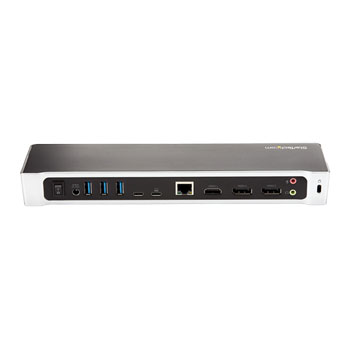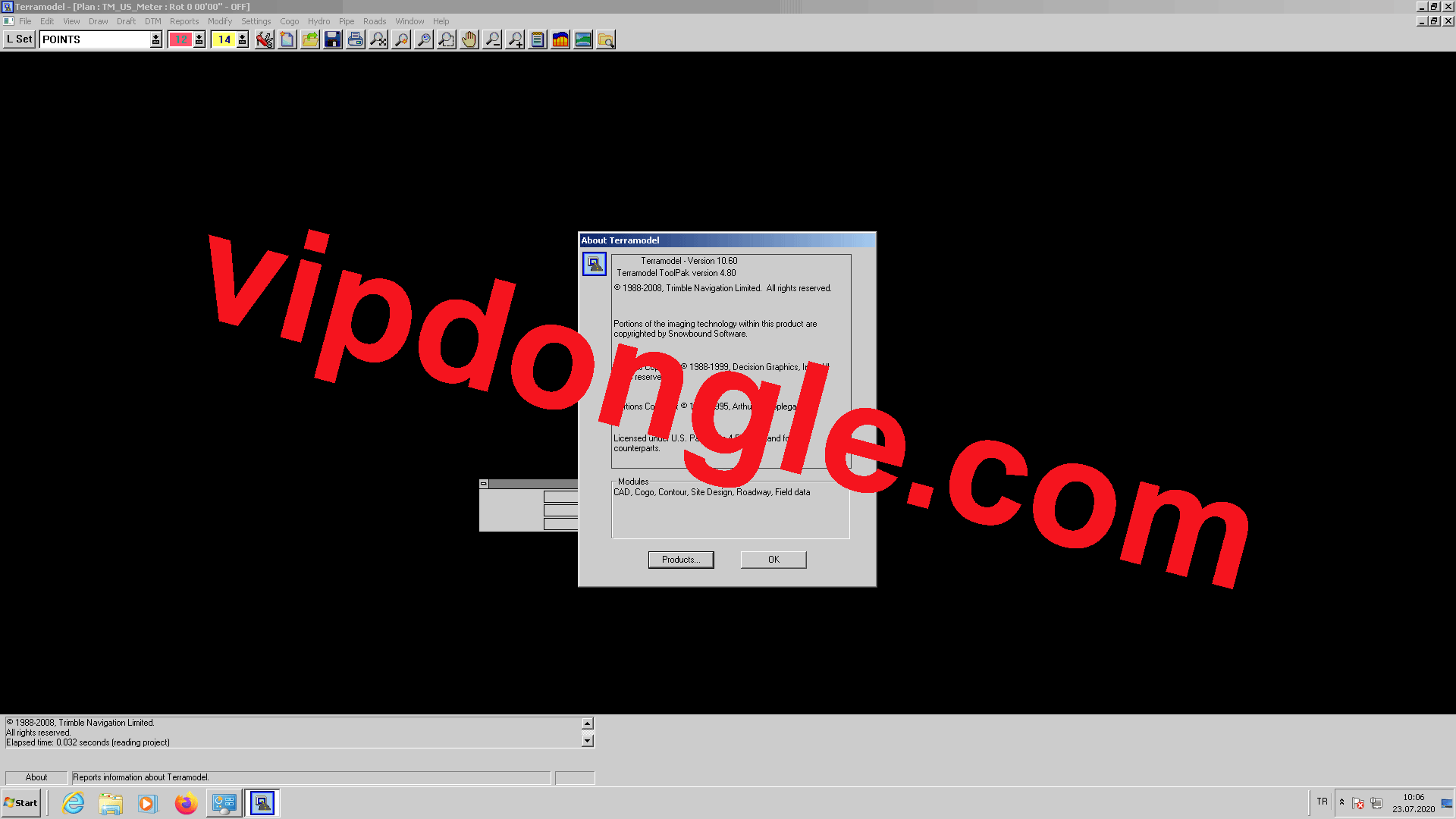

The default installation path on Windows is: NOTEFrom Sentinel RMS v9.7 onwards, Linux ARM operating system is supported.įor specific versions, refer to the release notes or contact the Technical Support. >UNIX-based (32-bit and 64-bit) operating systems, including Linux, Mac, Solaris Sparc, x86, AIX, and HPUX

> Windows (32-bit and 64-bit) operating system Here are some quick facts about the RMS License Manager: Parameter The License Manager maintains each request separately, treating these authorizations as separate clients.įigure 1: Multiple Clients Accessing the Sentinel RMS License Managerįigure 2: Client Requesting for a Network License The License Manager processes the request (including the task of authenticating the clients, if required) and returns the status to the client.

When the licensed application is run on a client, a request is sent to the License Manager for obtaining an authorization. You program your application to look for a License Manager with available licenses. Once the License Manager is stopped these licenses are lost.

The dynamically added licenses are only available in the License Manager memory. Otherwise, these are added dynamically to the License Manager. On startup, the License Manager reads the licenses from the file and creates a license table. Usually the licenses reside on the License Manager in a license file. The License Manager usually runs on a computer within the network where users (clients) have installed the licensed application. It is an integral component of the network licensing schemes that can be implemented with Sentinel RMS, namely server-locked licenses, site licenses and commuter licenses. It keeps track of all the licenses and handles requests from network users who want to run your application, granting authorization to the requester to allow them to run the application, and denying requests when all licenses are in use. The Sentinel RMS License Manager enforces and manages licensing in multi-user environment.


 0 kommentar(er)
0 kommentar(er)
